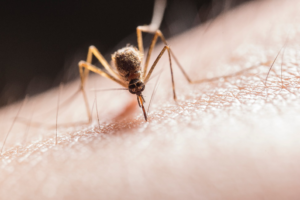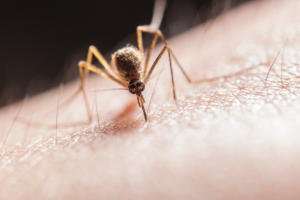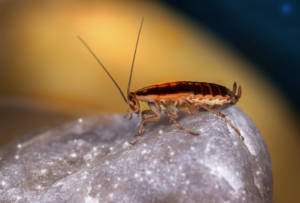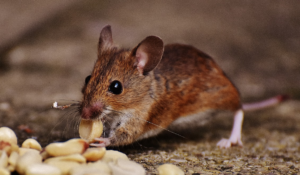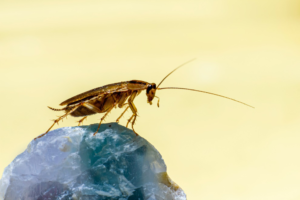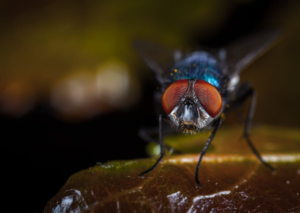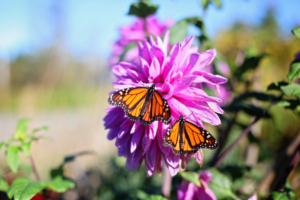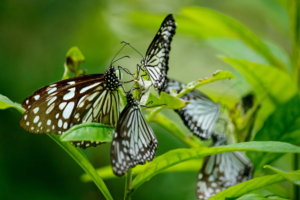Nature’s Tiny Architects: Exploring the Remarkable Lives of Butterflies
Butterflies, with their vibrant colors and delicate wings, have fascinated humans for centuries. These ethereal creatures are not only a joy to behold but also play a crucial role in our ecosystems.
In this blog, we will delve into the remarkable lives of butterflies, understanding their life cycle, ecological importance, and the need to balance their presence in residential and commercial buildings.
The Life Cycle of Butterflies
The life cycle of a butterfly is a captivating journey of transformation. It begins with the female butterfly laying eggs on host plants, such as leaves or stems. These eggs hatch into caterpillars, voracious eaters that consume leaves to fuel their growth. As caterpillars, they undergo several molts, shedding their exoskeletons to accommodate their increasing size.
After this feeding stage, the caterpillar forms a chrysalis, also known as a pupa, wherein it undergoes a miraculous metamorphosis. The caterpillar transforms into a butterfly within the protective casing through a complex series of cellular changes. Finally, the adult butterfly emerges from the chrysalis, drying its wings and preparing for its short yet impactful adult life.
Ecological Importance of Butterflies
Beyond their aesthetic appeal, butterflies serve a critical role in maintaining ecological balance. As pollinators, they facilitate the reproduction of countless plant species, aiding in producing fruits, vegetables, and seeds. Many flowering plants rely on butterflies for pollination, and this mutualistic relationship ensures the continuation of diverse plant communities.
Butterflies also serve as an essential link in the food chain. They are a source of sustenance for various predators, including birds, bats, and other insects. Additionally, they contribute to nutrient recycling by breaking down organic matter during their larval stage, enriching the soil, and benefiting plant growth.
Managing Butterflies in Residential and Commercial Buildings
While butterflies are valuable contributors to the ecosystem, an excess of them in residential and commercial buildings can sometimes pose challenges. Large swarms of butterflies may lead to aesthetic issues, especially when they enter confined spaces or delicate environments like commercial greenhouses or food processing facilities. In such cases, it becomes essential to manage their numbers effectively.
Hiring Professional Services for Butterfly Management
Even though the remarkable lives of butterflies have significant ecological importance, when faced with an overwhelming number of butterflies in a residential or commercial setting, seeking the assistance of a professional pest control service is a responsible choice. At Xterminator, our exterminators in Columbus OH , employ eco-friendly methods to manage butterfly populations while ensuring the well-being and safety of these delicate insects. Instead of eradicating butterflies, our pest control company can implement strategies to deter them from entering specific areas without causing harm.
Reach out to us to learn about the remarkable lives of butterflies and how to control their population around humans.
The post Nature’s Tiny Architects: Exploring the Remarkable Lives of Butterflies appeared first on Xterminator Pest Control.

